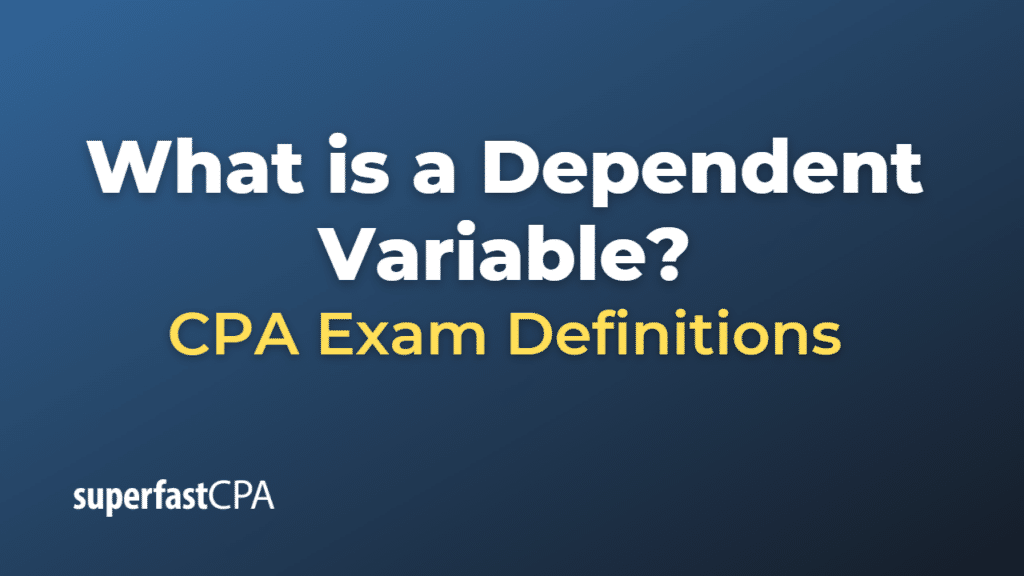Dependent Variable
A dependent variable, in statistical modeling and research, is the variable that you are interested in predicting or explaining. It’s “dependent” in the sense that its value depends on the values of other variables in your study, which are known as independent variables.
In an experiment or study, the independent variable is manipulated or changed by the researcher to see how it affects the dependent variable. The dependent variable is the outcome that is measured at the end of the experiment. The changes to the dependent variable are what the researcher is interested in understanding.
For example, let’s consider a study that’s examining the impact of studying time (in hours) on the scores of a final exam. In this study:
- The dependent variable is the final exam score because it’s the outcome that the researcher is interested in. The exam score is “dependent” on the amount of time spent studying.
- The independent variable is the studying time because it’s the variable that the researcher is manipulating to see how it affects the exam score.
Remember, a key aspect of research design is that it allows the researcher to observe the effects of the independent variables on the dependent ones while controlling for the impacts of any extraneous variables.
Example of a Dependent Variable
Let’s take a simple example from the field of economics.
Suppose an economist wants to analyze the effect of income on consumer spending. In this case:
- The dependent variable is ‘consumer spending’. This is the variable the economist wants to explain or predict. It is ‘dependent’ because the amount a consumer spends is assumed to depend on their income.
- The independent variable is ‘income’. The economist believes changes in income will cause changes in consumer spending.
If the economist collects data on a group of consumers’ income and spending and then uses this data to estimate a statistical model, they might find, for example, that for every additional $1,000 in income, a consumer’s spending increases by $200.
In this case, the coefficient of $200 on income in the estimated model would suggest that income has a significant positive effect on consumer spending. Of course, this is a simplified example; actual economic studies would likely include multiple independent variables and control for a variety of other factors.













